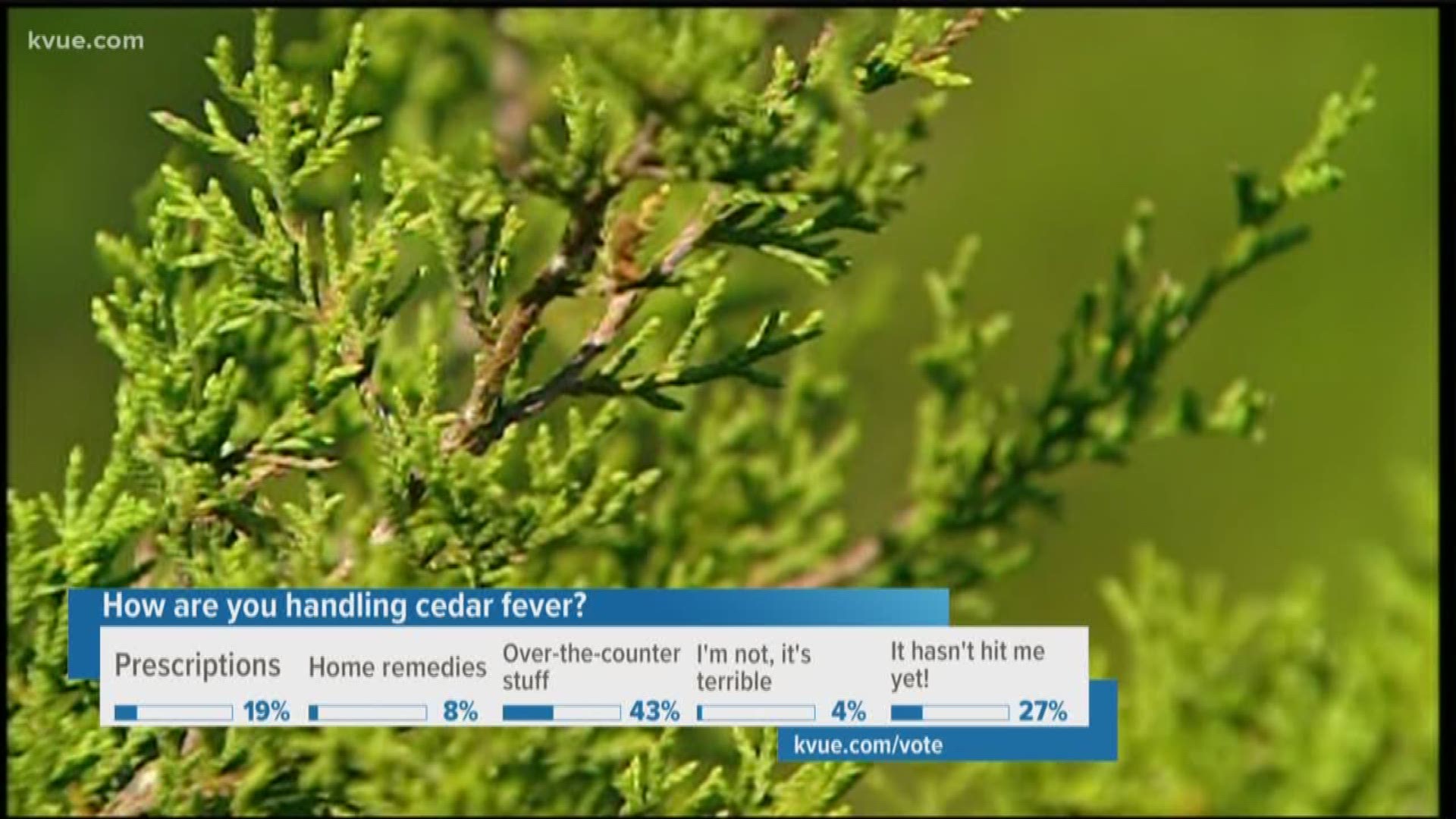AUSTIN — "I think they're pretty, evergreen trees."
Pretty…until they cause horrific allergies.
Michelle Bertelsen, a land steward and ecologist at Lady Bird Johnson Wildflower Center, said the trees we know as cedar are technically "ashe juniper" and they are native to Central Texas.
"We know that since European settlement, the juniper, as well as all the other brush species, have expanded pretty significantly,” Bertelsen said.
She said the Central Texas hills were once covered with a more even mix of cedar and grassland.
Nowadays, it's a lot more cedar.
"We've suppressed natural fire, and we've had some overgrazing and some soil loss,” Bertelsen said. “Those [cedar] trees have expanded."
They are everywhere, so Bertelsen said chopping them all down would be financially impossible.
"You can't individually edit everything,” she said.
Prescribed burns could be useful.
"I think we would have a more balanced landscape,” she said. “If we were to do some careful thinning.”
In Horseshoe Bay, the city voted back in 2011 to cut hundreds of cedar trees down because it claimed they were a fire hazard.
But, there are still acres of them left. And the city manager said, as far he knows, cutting them down didn't help with allergies.
Bertelsen said land management should aim to have a landscape with both brush like cedar and natural grasslands.
"They're so dominant,” she said. “And once they're in a place, you get only cedar.”
And the evil pollen that comes with it.

